
OR
Naubise-Nagdhunga tunnel
The 14-km Naubise-Nagdhunga stretch can take what seems like an eternity to traverse for the weary passengers trying to enter the national capital by road. Long lines of vehicles, big and small, wind their way down from the chicken-neck of Nagdhunga check-post, waiting for the police inspection at the check-post after which they can roll into Kathmandu Valley. On an average day, you will spend at least an hour on this stretch, queued up, as your vehicle inches its way forward. But there would have been no need to wait for so long had there been a straight road between Naubise and Nagdhunga. In fact, when (if) the proposed 2.5-km tunnel road between the two destinations is completed by its 2022 deadline, this travel time will be cut to no more than 10 minutes. So it comes as great news to frequent travelers on this dusty and dilapidated road that the cabinet has just approved a soft loan for the road tunnel worth Rs 18 billion that is being extended by the Japan International Cooperation Agency (JICA). The Department of Roads will now start working on what will be the first tunnel road project in Nepal.
This is not a big project. But if it is completed, as and when desired, it will represent one more significant step to make road travel in Nepal safe and hassle-free. Only yesterday, we had welcomed the addition of 30 new buses to Sajha Yatayat fleet. Sajha’s cheap, convenient and timely bus service, which includes long-distance buses, could in fact revolutionize road travel in Nepal. Meanwhile, Kulman Ghising, the new chief of Nepal Electricity Authority (NEA), has shown how small power projects, together, can completely do away with the perennial bugbear of Nepalis: the long hours of load-shedding. NEA under Ghising is a living proof of the power of small. And this is how we also see the Naubise-Nagdhunga tunnel road project. Nepal’s road transport will improve only if we get these little projects right. The tunnel project is even more important because it will be the first of its kind in Nepal and if it is a success it will open the door to significantly reduce travel times to other hilly areas of Nepal—for it is now possible to tunnel even the hardiest mountains.
We in Nepal tend to be fascinated by big projects like Pancheswor and Melamchi, even though the country’s record in making them happen has been woeful. Frequent delays and cost overruns have characterized all such mega-projects in Nepal. This does not mean we should not pursue these ambitious projects. But it also makes a lot of sense to boost our smaller hydro and road and sanitation projects, many of them community-run, in which Nepal has a far better record. The much-talked about public-private partnership can play a significant role in this. Yes, build the ‘national priority projects’ with the help of the private sector. But there is also no reason the public-private model cannot be applied to smaller, targeted projects which can bring immediate benefits to the target populations.
You May Like This
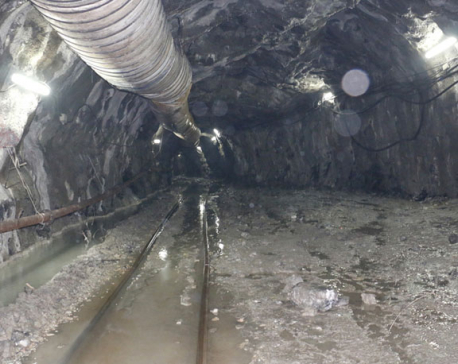
Melamchi tunnel digging work in final stage
SINDHUPALCHOWK, Feb 15: Tunneling work of Melamchi Drinking Water Project is in its last leg. ... Read More...

64 years after Korean war, north still digging up bombs
HAMHUNG, North Korea, July 24: In the 10 years he has been digging up ordnance from the Korean War, Maj.... Read More...
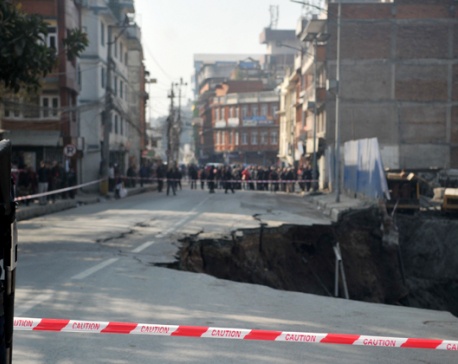
Road caves in at Naxal, excessive digging for hotel construction blamed
KATHMANDU, Jan 8: A large sinkhole opened up in the public road at Naxal on Sunday as a stretch of... Read More...
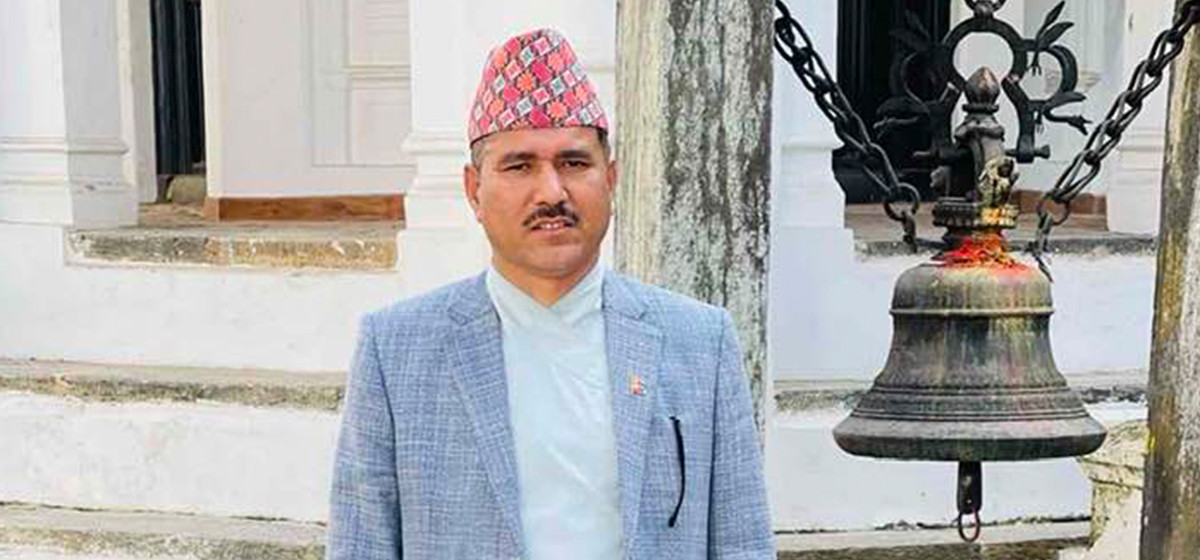
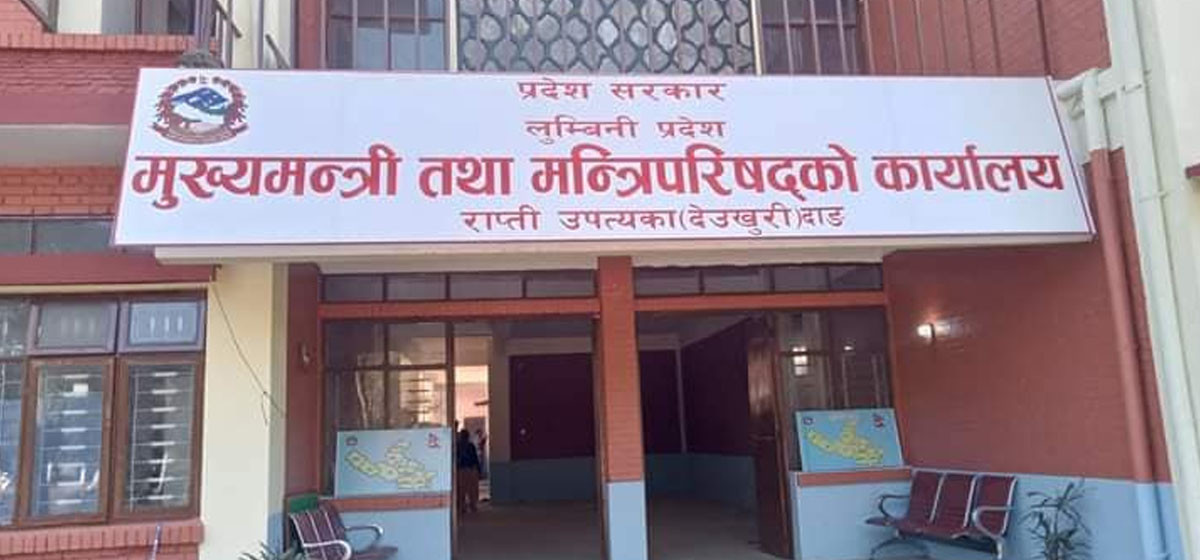
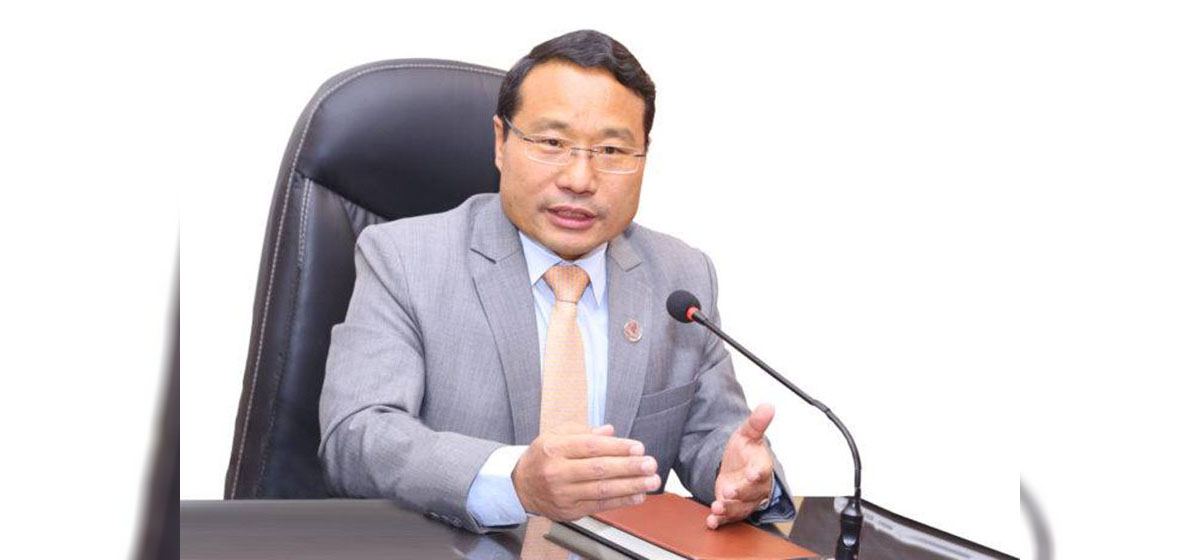
Just In
- Newly-appointed Auditor General Raya takes oath
- CM Mahara expands Cabinet in Lumbini Province
- FinMin Pun addresses V-20 meeting: ‘Nepal plays a minimal role in climate change, so it should get compensation’
- Nepalis living illegally in Kuwait can return home by June 17 without facing penalties
- 'Trishuli Villa' operationalized with Rs 100 million investment
- Unified Socialist rejoins Lumbini Province govt following ministry allocation
- Police release ANFA Vice President Lama after SC order
- 16 hydroelectric projects being developed in Tamor River













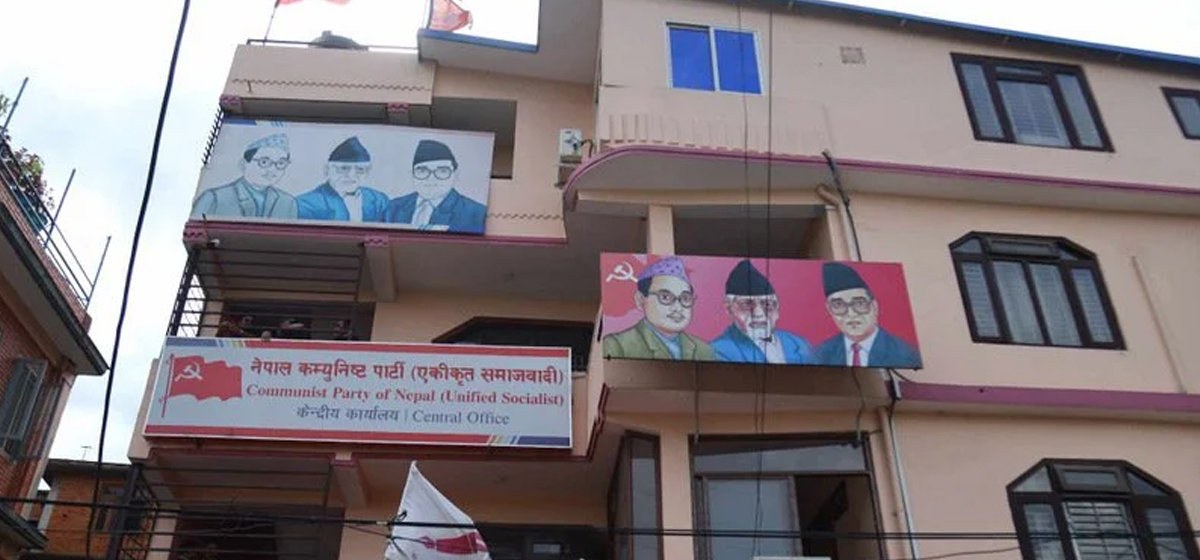


Leave A Comment